

It is getting harder and harder to go a day without seeing people on their phones; and if they are not on their phones than they are most likely on a tablet. Mobile devices are everywhere.
If you’re still not convinced, chew on this. As of 2017, more people worldwide own mobile devices than computers – and every other statistic related to online activity is reflecting the shift.
What does that mean for local marketers? Simply put, it’s time to stop ignoring mobile and make it a significant part of your marketing mix. You can’t afford not to.
Still unsure how to target mobile users? Here are five proven strategies you can use to expand your mobile reach.
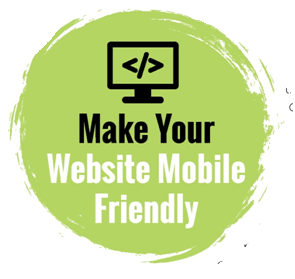
This should be priority number one if you have not mobile optimized your site you need to as soon as possible. You can be penalized by Google if you’re not using a mobile responsive theme.
It’s more than just using a mobile theme, though. You’ve got to work to make visiting your site an awesome experience for mobile users. They should be able to access all of the same functions and features as computer users.
Where a lot of sites miss the boat is in the details. Sometimes mobile users can’t access all of their content – or they can’t access certain features.
The good news is if you don’t want to hire a professional designer, you can get most of what you need by buying a premium WordPress theme if you’re using WordPress for your site. All premium themes are mobile friendly, and any additional functionality you want can be added with plug-ins.

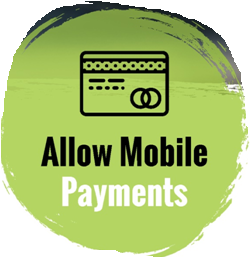
Every business owner should take care of their customer by adding more convenient features. Did you known that as of 2016, one in five mobile users were using mobile payment methods? If your company isn’t letting customers use mobile wallets to make payments, then you might be missing out on an opportunity to connect with mobile users.
Part of connecting with mobile users is embracing the technology they use. Mobile wallets offer consumers an extra layer of protection by encrypting their credit card information. That makes them – and you – less vulnerable to hackers.
Adding mobile payments and letting your followers know about it is a great way to build your mobile following and attract mobile customers to your business.

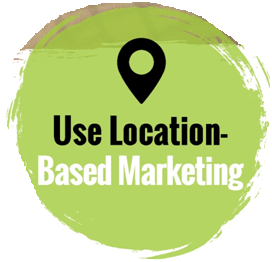
As a business owner you need to have effective ways to reach out to your local community. It makes sense. If you’re in Poughkeepsie, it’s not going to do you any good to have an ad reach someone who might be interested in your store – but who lives in Seattle.
Geotargeting offers local business owners a way to reach out to mobile users at times when they’re most likely to visit a store. That’s pretty cool – but it’s only one piece of the puzzle when it comes to location-based marketing.
Let’s start with the obvious. Basic geotargeting means that you can use GPS to reach out directly to customers when they’re near your store. One example might be a restaurant pinging their mobile followers with a happy hour coupon at 5:00 on a Thursday.
Or… you might use geofencing to send automatic notifications to users when they’re within a certain distance of your store. It’s a way of microtargeting people when they’re most likely to come in and see you.
But there’s more to geotargeting than that. You can use geotargeting to send notifications and offers to people when they’re in a location where your products might come in handy. What about reaching out to dog owners at a local dog park? Or notifying people of your sale on beach toys when they’re at the beach?
You get the idea. Location-based marketing is the kind of precision marketing tool that can help you get the biggest possible return on your investment because it targets people who are in a position to take advantage of your offer right away.
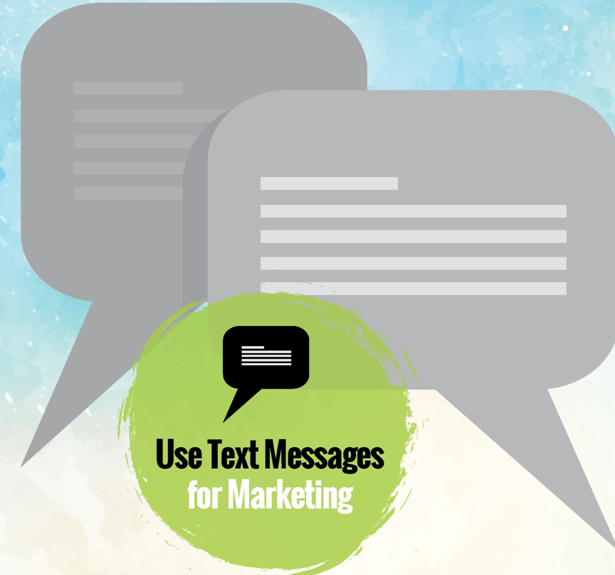
A great strategy to make sure your target audience is seeing your advertising, text messaging – or SMS messaging as it’s also known – is one of the best ways to do it.
The stats back it up. Research shows that SMS messages have an open rate of 90%. That blows every other form of engagement out of the water. With email marketing, you’re lucky to get half of your recipients to open the messages you send.
Text messages are ideal because they get delivered immediately. And unlike regular advertising, which may hinge on Facebook algorithms and other metrics that are out of your control, each person who receives an SMS message from you will get a notification.
It’s the kind of personal reach that marketers could only dream of – at least, until text messaging came on the scene.
You can use SMS messages to make offers, send coupons, deal with customer service issues, and a whole slew of other things. Text messages have a personal feel to them because they are delivered directly to your audience, and that kind of attention can help build trust and brand loyalty.
And perhaps most important of all – at least when it comes to managing your marketing budget – text messaging is affordable. What do you have to lose?
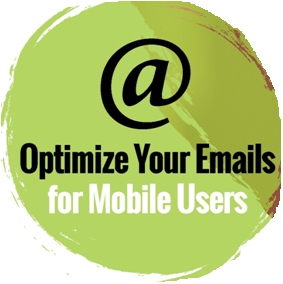
Did you know that more than half of the people you email open your messages on a mobile device?
If your marketing emails aren’t optimized for mobile users, then they’re probably getting deleted – or ultimately, ignored – out of frustration. No mobile user wants to have to scroll horizontally or wait ages for images to download so they can see your content.
You can greatly improve your chances of connecting with mobile customers by making sure that your emails look great no matter where your subscribers view them.
Use a tool like Litmus to preview your emails on more than 70 different platforms, including mobile devices and all major email providers. This one small step can ensure that you don’t miss out on mobile marketing opportunities or lose subscribers because your emails aren’t mobile friendly.

Mobile marketing is not just a trend. Mobile marketing offers a wealth of opportunities to local businesses. What can you do to reach mobile customers today?
